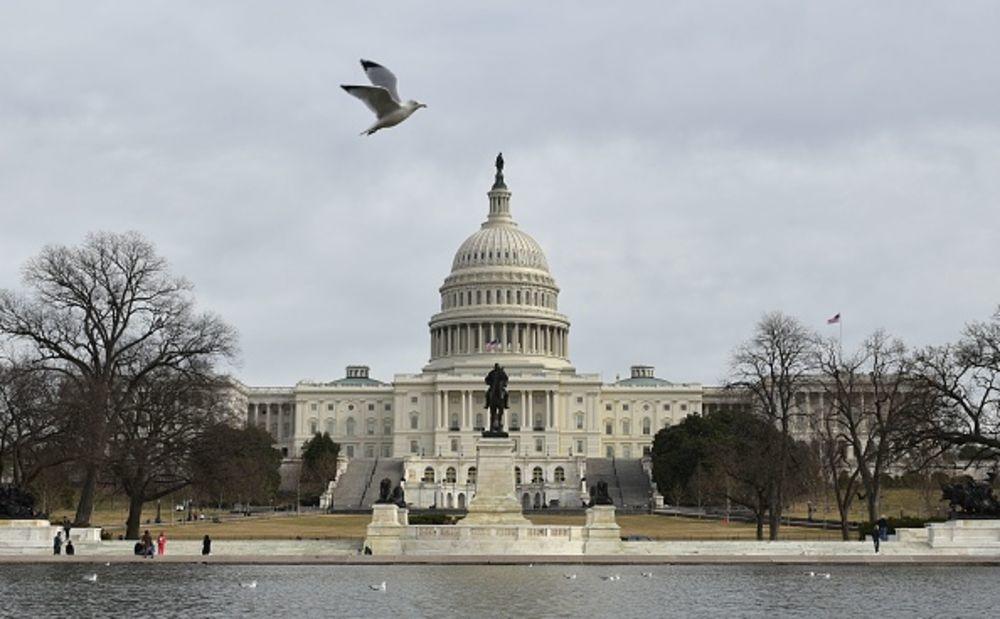Authored by Jim Bianco, op-ed via Bloomberg.com,
The idea that the government can print money to spark the economy is not that much different than quantitative easing – with one big exception.
Modern Monetary Theory is a poorly conceived idea that might get its day in the sun. Thank – or blame – the Federal Reserve and its “extraordinary measures” monetary policy for laying the groundwork.
MMT can trace it origins back over 100 years, but it has gained renewed popularity in recent months as thanks to freshman Democratic Congresswoman Alexandria Ocasio-Cortez and economist Stephanie Kelton. In a nutshell, MMT is anchored on the belief that budget deficits don’t really matter. In other words, if a government or central bank is borrowing money in its own fiat currency, meaning a currency backed by nothing but the government’s good word, then it can “print” any amount necessary to cover its debts. As such, a government should create money to fund increased spending.
If this sounds familiar, it should.
MMT is basically a sibling of quantitative easing. While QE allowed the Fed to print money to buy securities such as U.S. Treasuries, mortgage bonds and bad loans, MMT proposes printing money to fund the government. The Fed has hailed QE as a success, bringing the economy back from the brink. Former Fed Chairman Ben S. Bernanke was even anointed as Time magazine’s “Person of the Year” for 2009. Vice Chairman Richard Clarida said last month the central bank would solicit opinions on how to round off the edges of its new tools such as QE. Simply put, these tools are here to stay.
Do not assume this means the Fed would support the ideals of MMT.
“The idea that deficits don’t matter for countries that can borrow in their own currency I think is just wrong,” Chairman Jerome Powell said during his recent testimony before Congress.
We share Powell’s concerns, as do Kenneth Rogoff and Larry Summers. Devaluing one’s currency as a means of funding government spending has never worked when carried out to an extreme. Venezuela, Zimbabwe and the German Weimar Republic can attest to the hyperinflation that eventually follows. That said, QE proved that with proper balance money printing can work in the short term.
By declaring QE a success, the Fed added further ammunition for proponents of MMT. After all, if QE worked for the economy and markets, why wouldn’t MMT work in funding the entire government? Plus, former Fed Chair Janet Yellen said unwinding QE would be like “watching paint dry.” Also, by recently hinting that the unwinding of QE may end later this year, the Fed is suggesting its balance sheet can remain in the $3 trillion range without posing a lingering threat of inflation.
Some would argue that Bernanke has already laid out the framework for how MMT could work. Bernanke traveled to Tokyo in July 2016 and suggested a way to stimulate the Japanese economy. He said the Ministry of Finance, Japan’s equivalent to the U.S. Treasury Department, should issue non-marketable perpetual bonds with a zero-coupon that the Bank of Japan would buy with printed money. The Japanese government could then use the funds from these bond sales to stimulate the economy.
A perpetual zero-coupon bond means the principal never has to be repaid and no interest payment is ever due. Everyone should be familiar with this structure, because it is the same as the currency in your wallet. Cash never matures and you do not have to pay interest for holding it. Bernanke described the printing of money for the purposes of funding government spending, much like MMT.
If the Fed were to try to set QE apart from MMT, it might state that security purchases are different from government spending. The problem here is that it sounds like a moral argument, not an economic one. That is, some things are worth buying with printed money, such as securities, but other things are not, such as Medicare for all.
Recall the Fed failed when it tried to make a similar moral argument 10 years ago that QE was not just a bailout of wealthy bankers, but of the broad economy. Instead of garnering praise, it was rejected. QE and the bailouts spawned the Tea Party movement (which blamed the government), Occupy Wall Street (which blamed Wall Street), populist voting patterns and the surge of the Democratic Socialists of America.
via ZeroHedge News https://ift.tt/2Us2bgR Tyler Durden
